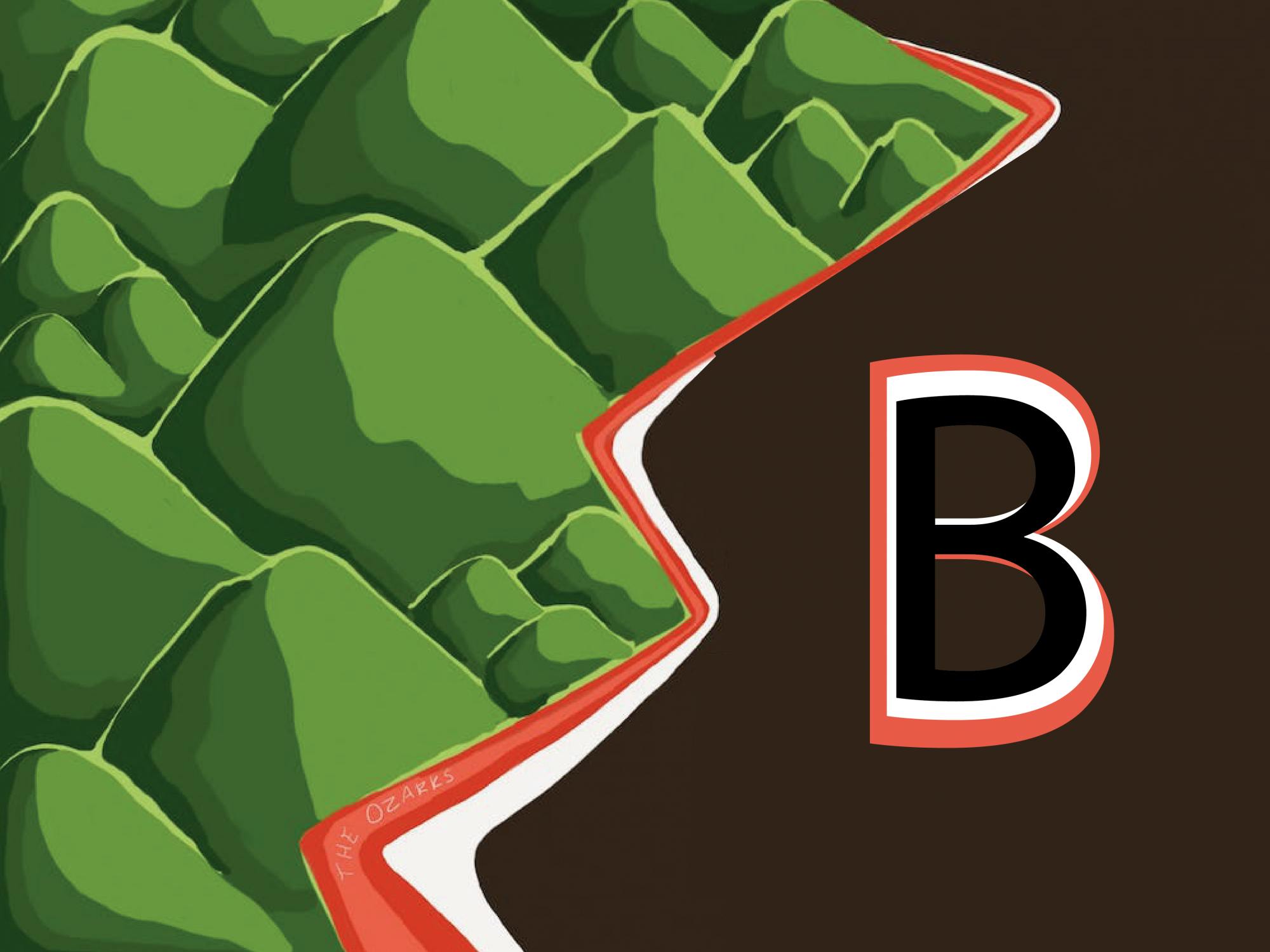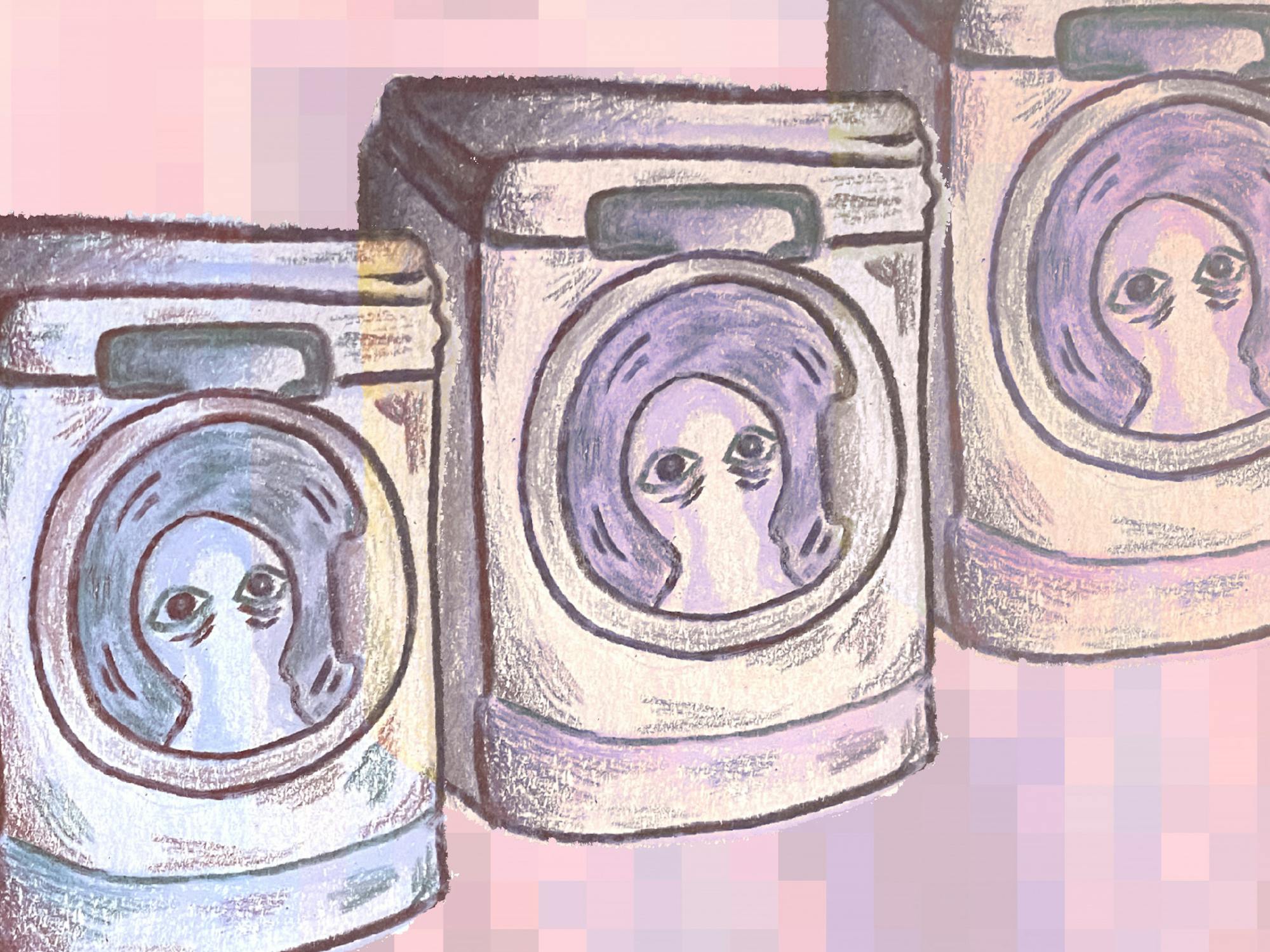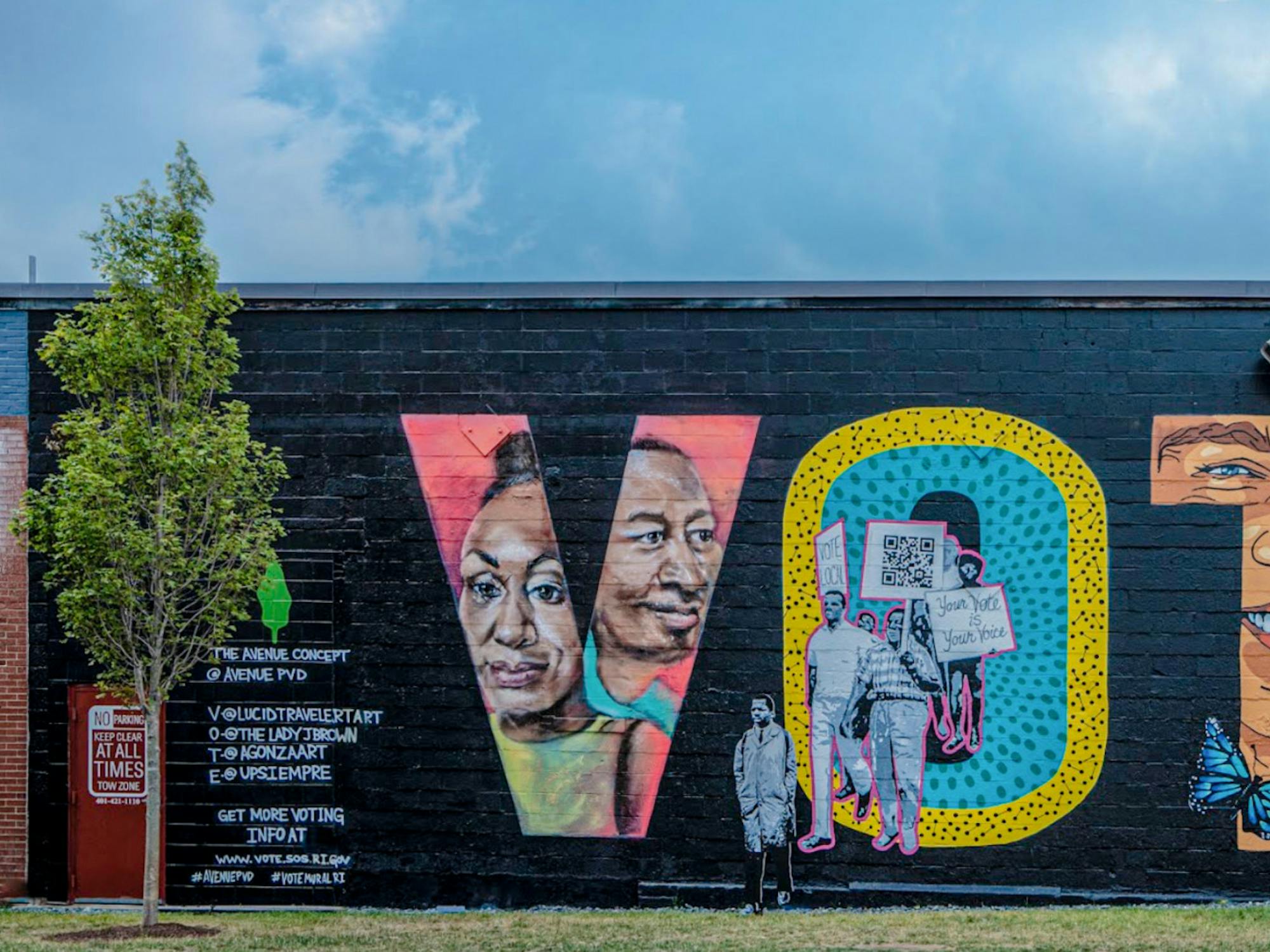As we shuffled through the halls of the Vatican Museums, we were packed like sardines, herded like cattle, moving like a flock of sheep. Not much thinking was required of us, except maybe to keep on walking—do not stop in the immediate path of another person and hinder the current of this sea of people. It was crowded, and it was not even peak tourist season. Any solo wanderer attempting to meander through these dozens of rooms would swiftly be swept up by the mass of tourists pouring through the galleries. Each tourist seemed to be in one gigantic rush toward an end goal: the Sistine Chapel.
Reflecting on this experience, I am instantly reminded of the final passage from a short story, “Dark Neighborhood” by Vanessa Onwuemezi. It’s about a line of people waiting for the gates to open, a story where there is nothing for the characters to do except wait for their unknown and unpromised salvation. When the gates finally open, the narrator can’t help but wonder about the point of it all:
“Compelled I keep marching forwards on my toes in this endless advance that goes nowhere, and I ask myself why we can’t turn around, why we never turned around to look for some other way through. Why us starved people have been waiting, wanting hopeless wants and are now running towards them in the night as a sea of heads. Silence has fallen on us, no cries of bliss, all is covered in a layer of hush as we dampen down, a fog hanging low. And I look around at the other people, at the backs and sides of their heads, while they are staring straight ahead only ahead.”
By the time I made it to the final destination—my neck craned up, dazed by the dazzling sights overhead—I couldn’t help but feel a similar wondering sensation. Sure, the Sistine Chapel is renowned for a variety of reasons—Michelangelo himself, his Creation of Adam, the Fall of Man and the Expulsion from Paradise, and The Last Judgment—but it’s often sold as the highlight of a visit to the Vatican Museums, as if it’s a cut above the rest. But if you’re willing to take the time and “look for some other way through,” you can find the works of Caravaggio, Raphael, DaVinci, and more. There’s so much to see, you’ll find yourself lost in the endless details of the frescoes of Raphael, accidentally stumbling upon iconic paintings such as The School of Athens or The Transfiguration. All of a sudden you’ll realize the gorgeous corridor you’re walking through—gleaming gold, green, and blue—is actually the Gallery of Maps, and at every step of the way there’s more to discover on the walls and ceiling.
But watching these crowds pass through each room, only staring straight ahead, you would never guess that such artistry was along the way. Everyone’s all go, go, go—which is bewildering when they could stop in any room and wander about for ages, all the while pondering a thousand different details. If I hadn’t made a conscious effort to linger an extra few minutes in each room, I wouldn’t have noticed the artist’s cartoonish anatomical choices overshadowing the chaos in The Fire in the Borgo, or a comically bright baby Jesus standing atop the back of a rather grumpy-looking Saint Christopher in Der Heilige Christophorus, or the masterful use of light and shadow in Liberation of Saint Peter. For many of these tourists, you would think all this artwork was only the backdrop of their visit to the Sistine Chapel, a natural and necessary facet of the landscape.
Admittedly, seeing the crowds act like this really built up my expectations for what I would finally see. Yet I found that the chapel only seems like an equal continuation of all the beauty that leads up to it, rather than the culmination. The trademark Creation of Adam image is hardly at the center, as one might imagine or hope—in fact, it’s quite easy to accidentally overlook. My eyes got lost as I stared up, and then they slowly began to register that the smallish rectangular image somewhere up above me was in fact the image I’ve been hoping to see all my life. And maybe it’s the lighting, or perhaps the age, but the colors were simply not as vibrant as I’ve seen in pictures—or as I envisioned in my head.
I’m reminded of other moments like these, such as how the Mona Lisa is much smaller in real life than I’d expect it to be—as my parents lamented to me when they visited France last fall—or the so-called Paris syndrome experienced by tourists who actually suffer psychological symptoms akin to anxiety when the romanticized vision of the city they’re visiting doesn’t match reality at all. Perception is fickle, and nothing lives up to our expectations. It makes me wonder how much beauty has been wasted, how much enjoyment has gone unfulfilled, all due to our relentless need to push forward, to attain our next objective, to check another thing off our bucket list.
At the same time, something must be said about the excess of global exposure in the modern age and how this has warped our perceptions. Not only has tourism massively grown in the past century, but social media has made us way more connected—so much so that a simple browse through TikTok could have essentially told me everything I needed to look for in a visit to Rome. With the Internet at our fingertips, we can access troves of information about the world, and it makes our ancestors, even those living only forty, fifty years ago, look rather isolated and uninformed by comparison. But in a world where I can access a clear and vivid, high-definition version of the Sistine Chapel on my phone screen, how can it live up to my expectations? This bombardment of beauty across the Internet through countless curated and perfect images has desensitized us—to the point where Sistine Chapels can be a letdown, and we are forever stuck in pursuit of the next bigger and better thing. Our overstimulation of beauty is heightened by filters and photo editing, both promising a glamorous ideal that’s impossible to attain. A side effect of this is that consumerism and corporations thrive off of our dissatisfaction with life. It’s why we buy the next beauty product, hop onto the next fashion trend, become attracted to the allure of immediate weight loss or wealth or age reversal—we fall for the scams that promise instant this, instant that. Our warped perceptions are easily exploited, and the worst part of it all is that we rob ourselves of pure and simple delight along the way.
On my trip to Rome, I found that my time was much better spent on the things I had planned out a little less and had fewer expectations for. A leisurely stroll through the city led me to the Largo di Torre Argentina, an unassuming square with the ruins of what looks to be some sort of stage or temple and columns. My first time passing it, I gave it a quick look, kept walking, and thought nothing more. But when I encountered the sight once again, on a different day, I decided to take the time and look closer.
Upon closer inspection, the Largo di Torre Argentina is a cat sanctuary. It is also believed to be the area where Julius Caesar was assassinated all those years ago. But now you can see the cats roaming around different parts of the ruins, some finding unique places to perch on—the top of a wall, a tree stump, the base of a broken column. Others look expectantly up at passersby for food. To me, this was beautiful. To find life thriving in the remnants of a past one. I stood by and watched them, trying to count how many cats I could see. By sunset, a few of them exited the ruins to come onto the street, and I saw something like pure delight reach the faces of the local Italians just passing by.





